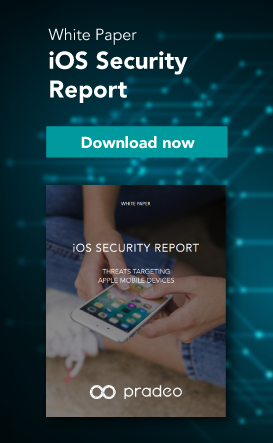From banking to gaming, the preferred channel to access our favorite services is decidedly via mobile applications. Ensuring those applications security, comes with a series of challenges.
Currently, the likelihood to find vulnerability in a mobile app is high, and hackers, well aware of this fact, keep trying new techniques to access corporate and personal data through applications.
Even though companies can control their apps’ level of security, they have no power over users unpredictable behaviors. Users’ devices could be using out-of-date OS or already hosting a malware and thus, represent a hostile landscape.
Runtime Application Self Protection (RASP) goes beyond the firewalls’ perimeter technology by protecting apps from the inside out, by adding security to their source codes. The time of self-aware and self-protective applications has come!
What is RASP?
Runtime Application Self-Protection (RASP) is a security technology that is built or linked into an application. It has the capacity to control the application execution and to detect and prevent real-time attacks.
The RASP technology has been developed to stay ahead of the rapidly evolving threat landscape. Once integrated into an application, it can accomplish two missions:
- Environmental diagnostic: It collects attack and event logs to enrich any SOC or SIEM database, allowing companies to get a deeper knowledge of their threat landscape and improve their preventive and curative actions.
- Application self-protection: It constantly intercepts calls to the application to check their security and only allows safe ones to go through. RASP provides an automated protection from known and unknown threats by reacting in real-time to suspicious and malicious behaviors with an adapted response.
How it works?
The RASP module has the advantage of having an overview of data and event flows within the application embedding the technology as well as within the environment it’s performing on.
In diagnostic mode, the RASP technology will monitor behaviors and threats to provide security teams with comprehensive data and it will raise alerts when attacks are detected.
In self-protection mode, when specified security conditions are met, the RASP technology will automatically take defensive measures such as:
- Terminating users sessions
- Shutting down any compromised or misbehaving applications
- Sending alerts to the management console and/or users when an application is shutdown
Business benefits
When natively integrated, RASP technology ensures the protection of sensitive data and high-value transactions.
- Immediate visibility: Permanent 360° view over apps threats, attack techniques, applications targeted, frequency, level of corruption…
- Defeat attacks: Automated self-protection from known or complex advanced attacks covering ‘’zero-day’’ threats even in hostile environments.
- Quick implementation: Easy integration within the app source code with no further update required and a fully remote management.
- Optimal user experience: Users are seamlessly protected as security checks are totally transparent.
- Complies with data protection regulations requirements: Protection from data leakage and breach in compliance with GDPR, HIPAA, PIPEDA…
- Improve fraud detection: SOC and SIEM enrichment with mobile security data to improve threats knowledge and management.
Pradeo’s RASP solution
Our ready-to-use In-App Protection SDK enables to build self-protecting mobile applications. It provides apps with a multilevel protection covering threats coming from other apps, networks and devices.
DOWNLOAD PRADEO'S APPLICATION SELF-PROTECTION SOLUTION DATASHEET
Discover Pradeo's Application Self-Protection Solution



-2.png)
-3.png)
.png)

